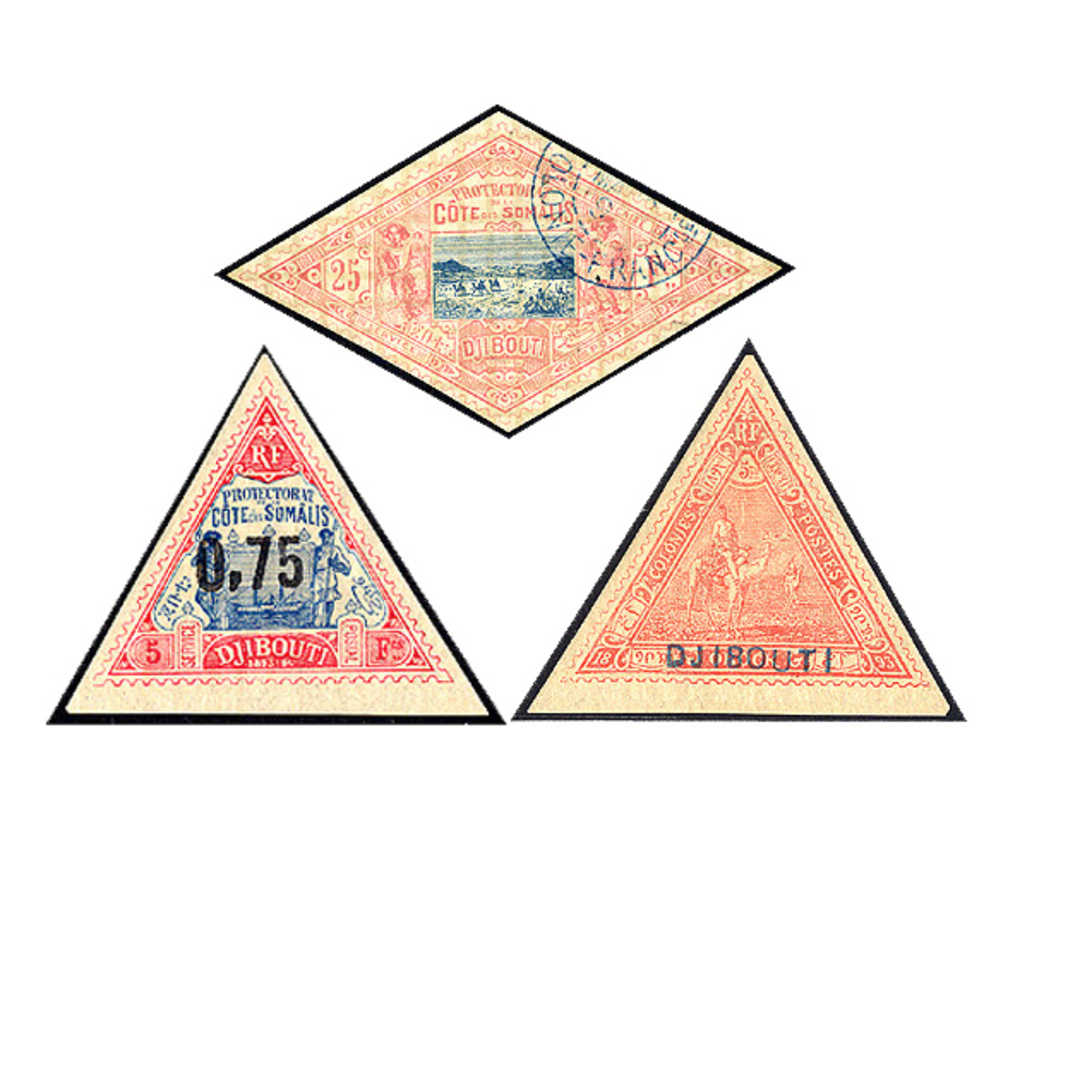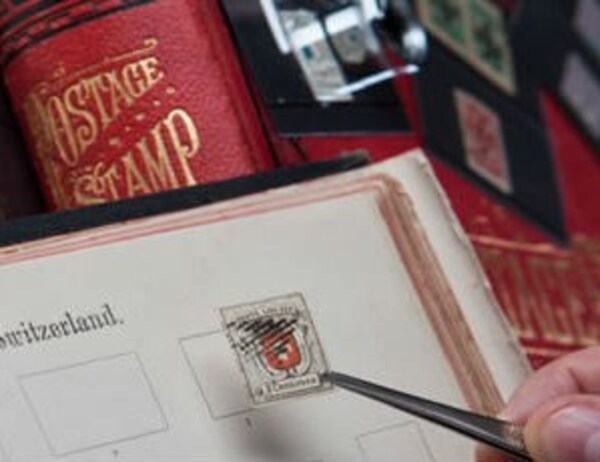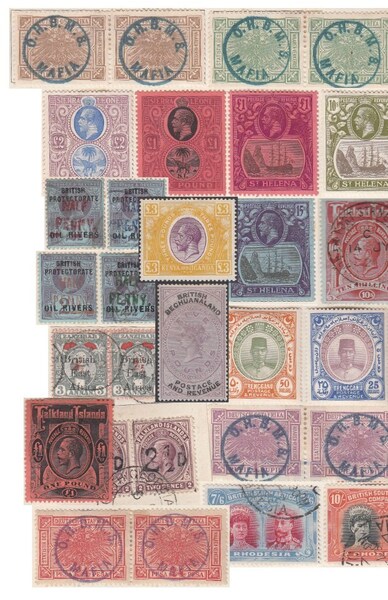In the 1850s, the 'opening up' of Africa by the European Powers and the development of Steamships, required the setting up of coaling stations around the continent. With the pending opening of the Suez Canal, the French did not wish to be dependent upon the British port of Aden. During 1857, they bought the town of Obock and adjoining territory from the local Danakil Sultans. This was ratified by a Treaty in 1862, with the French taking possession in 1883.
The territory comprised the town of Obock, a small port on the northern shore of the Gulf of Tadjoura, opening onto the Gulf of Aden. However, as the anchorage in the harbour proved to be too heavily exposed for large vessels, the port was moved to the southern side at Djibouti. In 1894, Léonce Lagarde, the French Consul, established a permanent French administration in the city of Djibouti, and named the region Côte Française des Somalis (French Somali Coast), a name which continued until 1967.
By 1885, Obock had 800 inhabitants and a school. At first the inhabitants used the general stamps of the French Colonies, but in 1892 they introduced the 'OBOCK' overprint; a decision that was in line with many European Powers usage of stamps, in order to proclaim territory for propaganda purposes. Later in the year, some of these were also surcharged with values from 1 centime to 5 francs, and by the end of the year, they received a supply of the omnibus Navigation and Commerce issues, inscribed OBOCK in red or blue.
1893 and 1894 brought the stamps for which Obock is most famous among philatelists - a series of imperforate stamps with simulated perforations printed all around the design. In addition, the 2fr and higher stamps are in the shape of a large equilateral triangle with the 25fr and 50fr in lozenge shape. After the departure of the government from Obock to Djibouti, it is hard to believe that much mail came or went from the little port town. Although used stamps are no more valuable than unused varieties, commercially used stamps on covers are seldom seen.
In parallel, the City of Djibouti had its own overprinted stamps from 1893, and in 1894 had the same imperf series as Obock (but instead were inscribed 'Djibouti'). By 1902, they issued stamps of Obock overprinted and surcharged for use in Djibouti. In August 1902, the stamps issued for both Obock and Djibouti were replaced by the issues for the now renamed colony of French Somali Coast.


 General
General
 General
General
 General
General